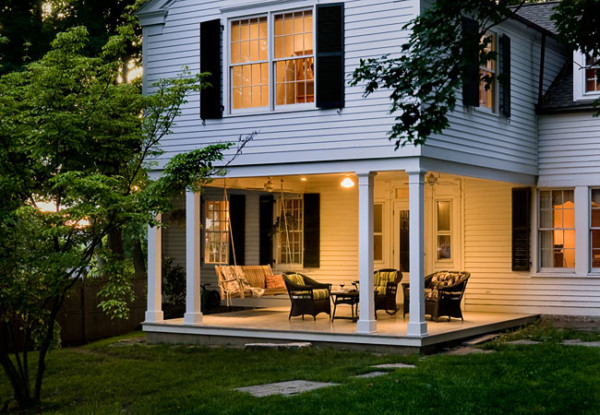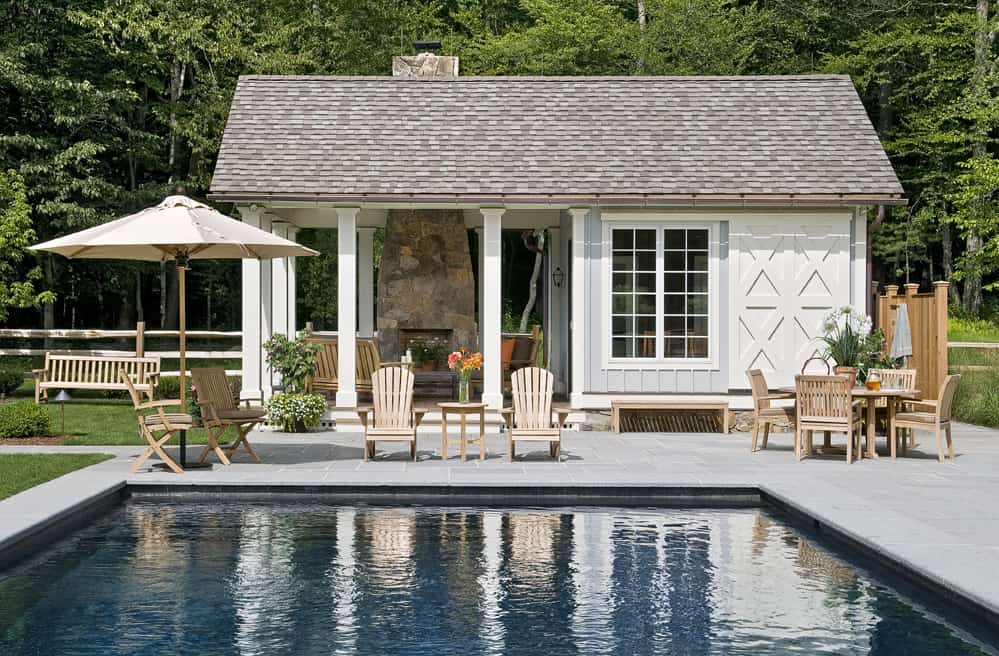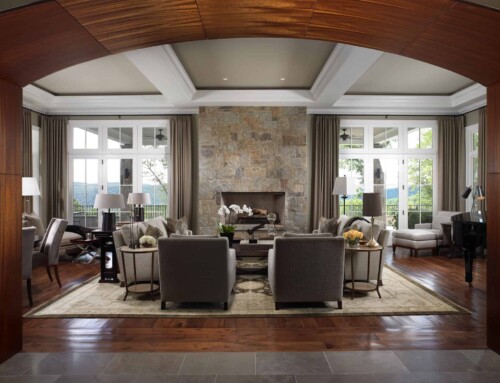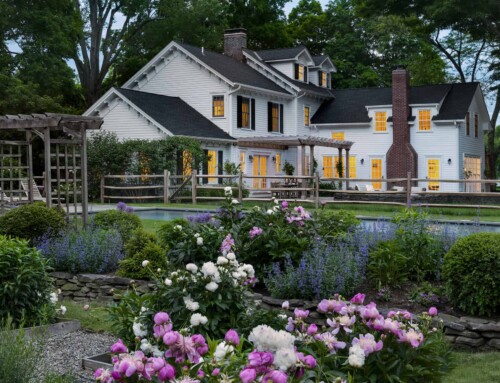Recently we have encountered a spike in the cost of construction. We have seen this happen several times over the course of our practice, and it is always a shock when the established cost of building a home or an addition is no longer possible. We have found that there are multiple reasons, but the main ones are the scarcity and accompanying inflation of building materials and the increasing cost of each building trade because they are overworked. We hope that as the economy cools, prices will come down, but only time will tell.
When designing a home or addition, part of the fun for the owner is imagining the project finished without any compromises. When bids come in from contractors, many homeowners are eager to look at ways to reduce the price without losing space or the character of the project. As architects, our job is to help bring the price down as far as possible without losing the qualities that the owners loved in the first place. It must be understood that some money-saving choices could diminish the long-term durability or energy efficiency of a home or addition.
The following are 7 ways to either design the most cost-effective project from the start or adjust a design once the bids come in:
- Keep it simple: Generally, the simpler the overall details and structure of a home, the less expensive it is to the build-the exception are extremely precise modern details.
- Consider cost-effective materials both on the exterior and interior of the home. There can be a $20/square foot or more difference between higher-priced flooring materials and lower-priced choices. The same is true of exterior materials. Before making those choices be aware of the trade-offs, sometimes they are minimal.
- Keep built-in cabinetry to a minimum. In the long run, those elements can be added, but in the short run, they are expensive. You may need to buy more furniture to take the place of cabinetry.
- Explore the trade-offs of lower-priced windows and doors. The savings may not always justify the change for exterior doors and windows. Make certain that the alternatives are durable, attractive, and energy-efficient before making those changes.
- Review choices for the mechanical system. There are many ways to heat and cool a home. Not all systems are designed equal, but the cost differential between the most expensive and the least expensive is substantial. Keep in mind that the more efficient, more expensive system will pay off over time.
- One sure way to reduce prices is to pick the next lower price point for each category of nonstructural elements of the house. Always bear in mind the trade-offs.
- Build in phases. A room above the garage can be finished at a later date if preparations are made. The same is true regarding a finished basement.
Bonus idea: Add a porch. Few additions to a home add as much beauty, functionality, and pleasure as a porch and for a fraction of the cost of interior space.
Photos by Rob Karosis Curated Brochure by Crisp Architects: Portfolio
To get my monthly newsletter, On The Drawing Board, click here. Jimmy Crisp










